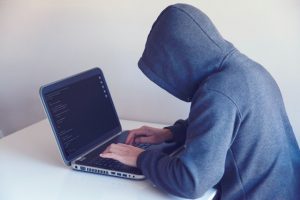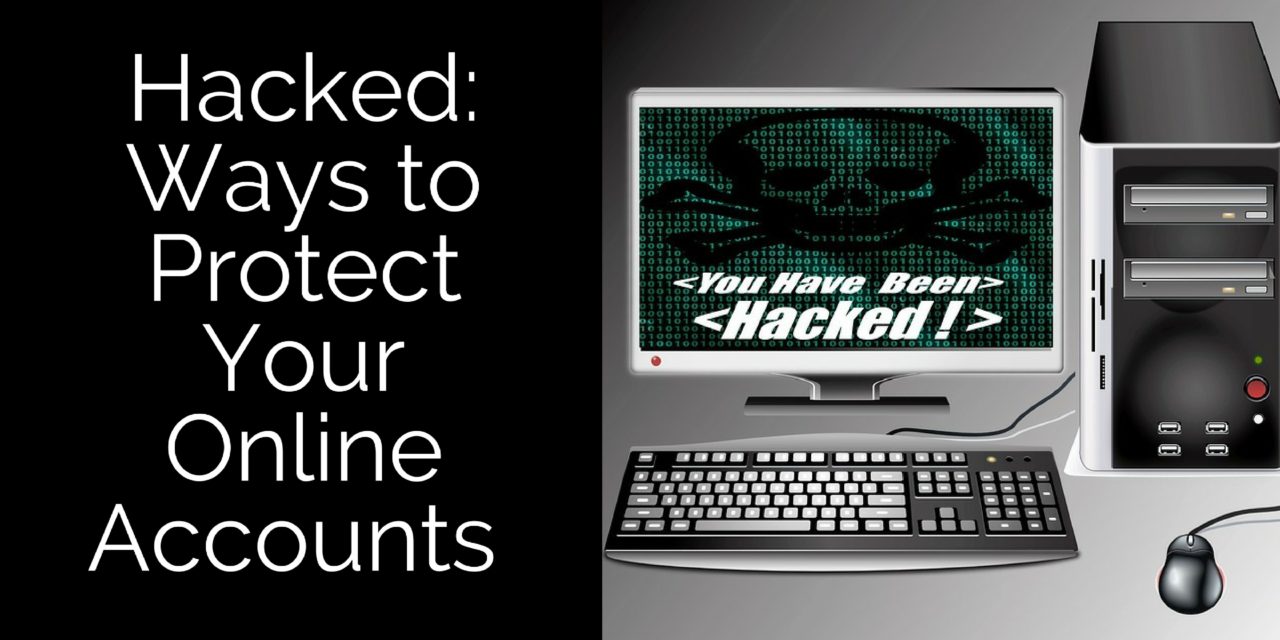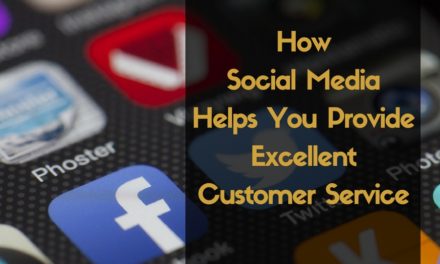A while back the users of Twitter were the target of hackers. Yes, this caused chaos for Twitter and for their users, but at the same time it brought to light an on-going issue of online security. People create usernames and passwords for their online accounts without putting too much thought into them. They use simple, easy to remember words, so that they can quickly logon to their accounts whenever or where ever they need to.
And, Hackers know that, and they have fun with that, at the user’s expense.
Change Your Passwords
Yes, you can run and change your passwords right now, but what will you change it to?
How do you create your passwords?
Do you choose something simple that you will easily remember, such as your spouse’s name, your pet’s name, your child’s name, etc.?
Are you one of the many people that uses “password” as your password for everything?
Many years ago passwords were no big deal. Perhaps you worked in an office and had to create a password to logon to your desktop computer and another one to logon to your work email account.
Then you chose to start using online banking, and you needed a password to access your bank accounts.
Then a few years later the Internet became more popular and you started to use things such as Twitter, Facebook and Gmail to keep in touch with friends and family, or to promote your business.
All of a sudden you are inundated with passwords. You get to a point where you feel like everything you touch requires a password.
Do You Use The Same Password for Everything?
So what do you do?
Do you use the same password for everything so that you will never forget it?
Do you write down your password on a sticky post-it and leave it somewhere to remind yourself of your password or passwords?
A short story: I used to work in desktop support for a large corporation. If someone had an issue with their computer they would call the helpdesk and submit a trouble ticket. We would pick up their calls and go visit them in their offices to help them out.
Since they were often quite busy and we were quite busy, if they weren’t there we would attempt to do the work anyways.
But what if their workstation was password protected? How did we get in? Nine times out of ten we would find their password taped under their keyboard.
On the odd time that we didn’t, we simply had to look around their desk for clues.
You see quite often when people need to create a password in a hurry, they will look up and the first thing that catches their eye, be it their kid’s name, a picture on the wall, a calendar on their desk, or whatever, the first thing they see becomes their new password.
So if you sit at their desk and look around chances are good you will find their password too.
Back to Hackers
What are the hackers looking for?
Why do they even bother to hack all of these accounts?
Don’t they have anything better to do?

They are looking for information that they can use elsewhere. And the accounts that they love are the ones owned by people that use the same password for EVERYTHING, especially PayPal.
If you do, you are the person that the hackers are looking for. With your name and your password they can search the Internet for other accounts in your name, and if you use the same password everywhere, they now have quick and easy access. Pretty cool, eh?
Once someone hacks into your email accounts they can access your address book and send spam messages to all of the addresses in there. They can even pretend to be you and solicit people in your address book for money. While that may sound unlikely, it has happened to many people. The email usually says something like “I went on a trip and my wallet and passport was stolen. I need you to help me get home. Can you please wire me money at such and such. I am desperate and really need your help.”
As well, once the hacker has gained access to your email accounts they will be able to open and read any emails you have sent or received.
Think about how often you have sent personal information via email.
How to Protect Your Accounts from Hackers
Passwords
Create what is known as a “strong password”.
Make sure your passwords are at least 8 to 10 characters long.
Use passwords that are difficult to crack such as “8!cEH9a!5K”, and change them often.
Make sure every account you login to has a different password. Do not use the same password for your personal account as you do for your business account, or any other login account for that matter.
Use a combination of lowercase and uppercase letters, as well as numbers, and special characters such as the exclamation mark, in your password.
Do not use proper names as your password just so that you will be able to remember it easier.
Many people use names of friends or family members.
Proper names and words such as “computer” or “Sally” are so much easier for a hacker to figure out versus using “5T9!c0LT87”.
How Can I Keep Track of All of My Passwords?
KeePass
To keep track of all of your passwords consider using a password manager such as KeePass. KeePass is a free application that runs on your computer, not on the Internet. You can download KeePass here. You can also install KeePass on your cell phone and tablet.
I avoided using this for a long time and now it is a life saver. It will only take a short time for you to enter all of your accounts and passwords and once it is done and saved, it is there at your fingertips.
And the most important part is that everytime you create a new account online, you can use KeePass to generate a new secure password for you.
Now instead of having to remember 10 to 20 different passwords, all you have to remember is your password to logon to your computer and your password to get into KeePass.
A Few More Ways to Protect Your Online Accounts
Airports/Hotels/Coffee Shops
How many times have you been traveling for business and been stuck waiting at the airport for your next flight? So what do you do? You pull out your laptop and catch up on email.
Many airports, hotels and coffee shops offer free Wi-Fi these days. While it may seem convenient to sit in a coffee shop and read your email, what many people don’t realize is that a Wi-Fi connection is not 100% secure. Hackers know how to tap into them and how to access your information without you even realizing it. That is why it is more important than ever to use strong passwords.
If you want to use your laptop over a Wi-Fi connection, use it for basic things such as surfing the web. Do not use it to check your email, or worse yet, to check your bank accounts.
Email Attachments
Never ever click on a document or a link that is included in an email from someone that you do not know, even it is extremely tempting. Do not let your curiosity get the best of you. Delete the email message immediately.
And even if you do know the person, you still need to be careful.
Last week I started getting spam email messages with a link in them from Anthony’s email account. If you were online last summer in the PF community you know who I mean. Anthony was a great person to connect with. The email messages were short and fortunately they were directed to my spam folder right away. If you received them as well, make sure you delete them immediately without opening them.
Secondary Email Address
If you enjoy subscribing to online newsletters or if you shop online, you should setup a separate email account to use specifically for those items.
Create a Gmail account on Google and use it for any transactions that you do online.
This includes times when you need to create a new login account to obtain access to a service that you want to use, such as a forum.
When creating your Facebook and Twitter logon accounts never use your primary personal or work email account. Always use an alternative. That way if, and when, your Facebook account or Twitter account is hacked the hackers will see your secondary email address and not your primary email address that most often is filled with sensitive information, as well as your personal address book.


